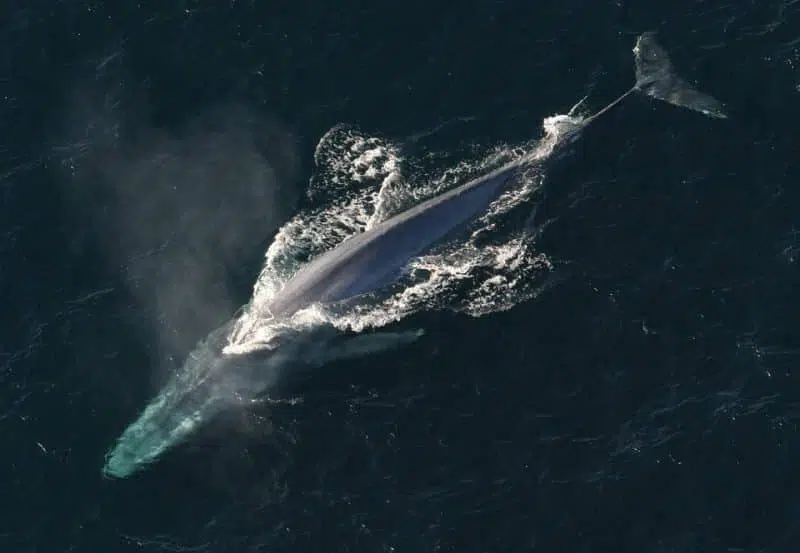Welcome to the Top 15 Loudest Animals In The World.
The human capacity of hearing any kind of sound ranges from 0 to 180 dB (decibels). When you converse with one another, the sound level is up to 60 dB. Anything beyond eighty-five decibels is damaging to the ears. A human scream can range between 80-120dB.
A normal healthy human cannot hear sounds below fifteen to twenty decibels. However, people who have sensitive ears can hear sounds below fifteen decibels.
On the other hand, anything above 120dB will cause severe and irreversible damage to human ears. Reaching a level of 150dB and above can damage the ear drums.

Many resonances are imperceptible to the human ear. For instance, humans cannot listen to a dog whistle because it has a very high pitch sound that is inaudible to the human ear but easy to hear for dogs.
Similarly, if a sound frequency is too low, the sound will be inaudible to humans. For example, a wind turbine produces sound, but to the human ear, that sound is perceived as vibration only. Enjoy reading about the Loudest Animals In The World.
Read the entire article or jump to any section you like.
15 Loudest Animals In The World
There are many animals all around the world, every animal has unique characteristics which differentiate them from one other. Sound is one of those characteristics. Here is a list of animals who has the loudest sound across the globe:
- Sperm Whale – 233 dB

The sperm whale is known to be the loudest animal on earth. It can produce a sound of up to 233 decibels.
The sound produced is similar to a clicking sound. This is not the unique characteristic this animal possesses. It is also the largest animal on earth, having the most significant brain.
It makes sound using compelling air in the right nostril of the nose. This sound travels through multiple air sacs in a whale’s body. Monkey clamps are part of a whale’s body that clamps these air sacs open and shut.
The clicking sound is produced as the air is bounced off. Lastly, it travels to the brain to amplify before leaving the body.
In earlier times, whalers reported a hammer thudding sound whenever they witnessed a sperm whale. Sperm whales are mainly found in deep oceans from the equator to Antarctic and Arctic ice packs. Definitely, you can hear this one from Loudest Animals In The World.
- Mantis Shrimp – 200 dB

A mantis shrimp can produce a pop sound of up to 200 decibels when hunting for prey.
Not only this, it can punch its prey at speed similar to a 22-caliber bullet which can cause serious harm even to humans.
Mantis shrimp has an exclusive claw that can close speedily to catch prey. When this claw closes, it pops the liquid bubble which was formed and produces a pop sound.
This sound helps them scare their prey which gives them enough time to catch and dismantle their target.
Mantis shrimps can also produce heat and natural light while making sound, enabling them to further distract their prey. These shrimps are mainly found in the oceans of the Indian and Pacific regions.
- Blue Whale – 180dB
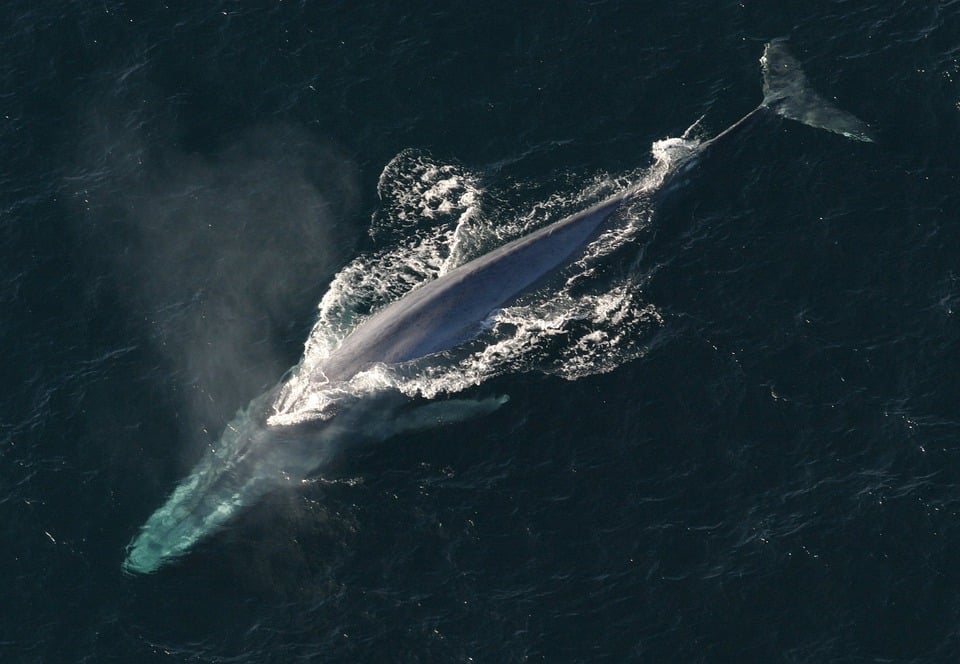
Blue whales are known as the most significant animals on earth. They are a hundred feet long, weighing upward of about two hundred tons. They can produce the sound of 180 decibels, similar to the sound of a ship engine in the ocean.
These high-frequency sounds can produce a high level of noise pollution, creating problems for other animals’ breeding, communication, and navigation abilities.
The blue whale uses the muscles of the throat and chest instead of vocal cords to produce sound. It expands and contracts the lungs alternatively to push air through air sacks. This causes the air sacks to vibrate and produce high-intensity sound.
They make three types of sounds; clicks, pulses, and whistles to communicate in the sea. Blue whales are found in all oceans across the world, in the tropical regions along the equator and Polar Regions except the Arctic Ocean.
- Howler Monkey – 140 dB
The howler monkey is the loudest animal on the land. It can create sound up to 140 decibels which can be audible from a space of three miles. They are found in a form of groups of six to fifteen monkeys. They produce this sound to call their young ones or alarm the group members from any predator.
They produce sound through their mouths. By opening their mouth, they produce a sound similar to a whooping call.
They have a sizeable hyoid bone in their throats, making the sound echo. Male howler monkeys use their call to attract females for mating and to frighten other males.
Howler monkeys are commonly found in America’s Central, Southern, and Tropical areas. They only reside in the rainforests of these regions.
- Greater Bulldog Bat – 137 dB
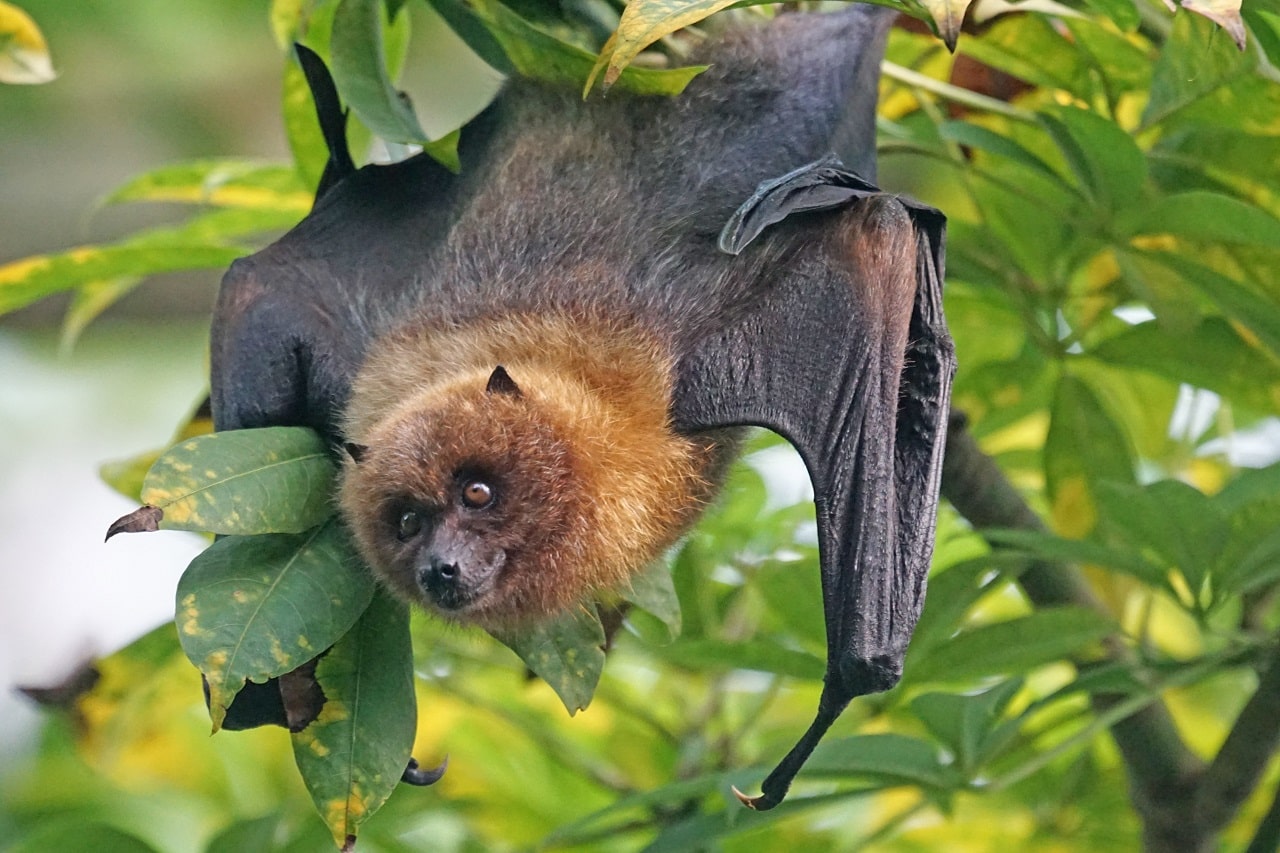
The great Bulldog bat weighs about 1.7 ounces, similar to the weight of about 10 coins.
Yet they can produce a high-pitched screech sound with a frequency of 137 decibels. Which is a hundred times noisier than a rock concert. Other bat species can produce high pitch screech sounds but not as high as bulldog bats.
Bats can produce sound in various ways, such as through their voice box, by clicking their tongues, or through their nostrils. Bats use their sounds for echolocation, a tactic they use to navigate in the dark and hunt their prey.
More significant bulldog bats usually reside in caves, hollow trees, and rocky cracks. They are mostly set up in Mexico, the Caribbean Islands, and Argentina.
- Kakapo – 132 dB
Kakapo is the world’s rarest and largest parrot which can produce a call of 132 decibels. This flightless bird was about to go nearly extinct, the kakapo recovery program was set up in New Zealand to make them breed and increase in number.
It was very difficult as this bird breeds after four to five years and gets mature for breeding after reaching the age of four years.
Kakapo produces sounds of “booming”, “chinging”, and “streaking” sounds. The males use booming calls to attract females during the breeding season. Males and females often sing together in a shrill sound that can be picked up from a long distance.
These parrots are mainly found in New Zealand as it was rehabilitated there through a recovery program.
- Moluccan cockatoo – 129dB

Moluccan cockatoo can produce a sound of up to 129 decibels which is similar to the sound of a 747 jet. They call when they sense some danger around them, similar to dogs. They also make calls day and night as a ritual.
They have a high screech sound which can damage a human ear if they stand too close to them. Cockatoos make different sounds for different purposes. For instance, if they make a screeching sound, it is to alert you of any danger nearby.
They can whistle melodies if they get to hear them often. They can talk and learn many words and they also sing. They make a hissing sound when they feel threatened. Lastly, they make calling sounds to attract females.
They are found in the lowlands forests of eastern Indonesia and the Moluccas.
- Northern Elephant Seal – 126 dB
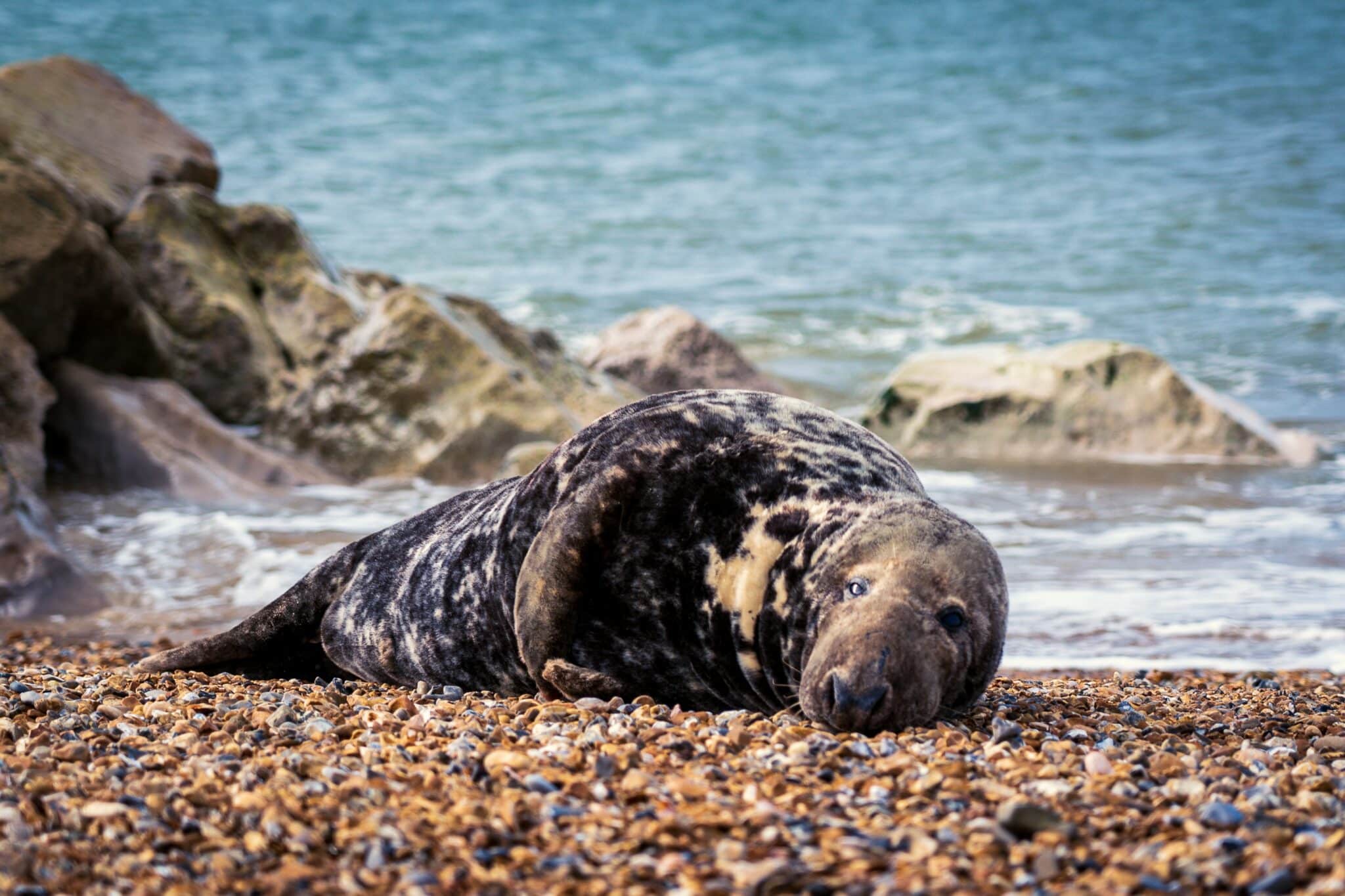
A northern elephant seal is known to have a unique sound that can reach a frequency of up to 126 decibels. They use these noises to converse with their offspring. They can produce sound in water and louder on land on the latter.
They make loud grunting and roaring noises to alarm other males. This is the only animal that can predict sound tone like humans.
The loudest male will mark its territory, enabling other dominant males to move to a new land. They make decisions based on their sounds.
They are found in offshore islands of the central and eastern North Pacific Ocean from December to March—a worthy part of Loudest Animals In The World.
- Green Grocer Cicadas – 120dB
There are about 36,000 species of cicadas but the loudest ones are greengrocer cicadas which produce sound up to 120 decibels and can be heard from a distance of 1.5 miles. The males are louder than the females. The males produce sounds to attract females; the louder the male, the more females will be attracted to him.
Geen grocer cicadas use the special muscles in their abdomen known as symbols to produce sound. They contract the muscles of their stomach by flexing the muscles of the entire body. This movement is done rapidly to produce a loud sound.
The greengrocer cicadas were hatched in south Australia after staying underground for a long time. This insect produces such a loud noise that it can make itself deaf with the frequency of sound.
- North American Bullfrog – 119dB
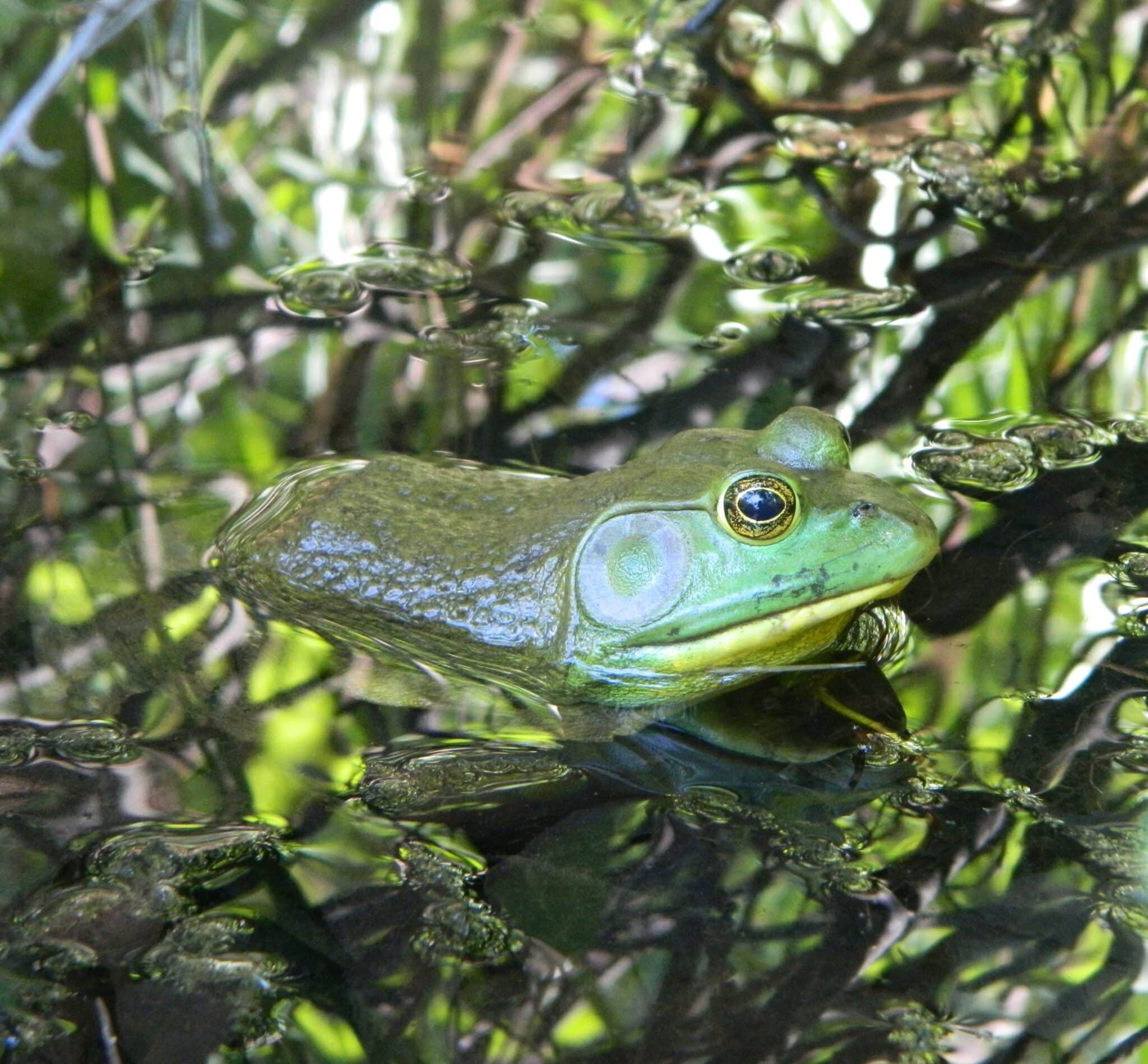
North American bullfrog makes certain noises for various reasons. The loudest noise this frog can produce is while his mouth is open. Usually, he makes sounds with his mouth closed. When the frog is in distress, it makes a loud sound.
It makes different sounds while conversing, escaping, threatening, and inviting females.
The American bullfrog uses its nostrils to produce a high-pitched sound. It inhales the air through its nostrils. After inhaling, they move the air between their lungs and air sac by pushing it forward.
This act results in a deafening sound that can reach a frequency of up to 119 decibels.
There are many species of frogs, but the North American bullfrog is mainly found in freshwater lakes and ponds. They are found in the United States continent.
- African Elephant – 117dB
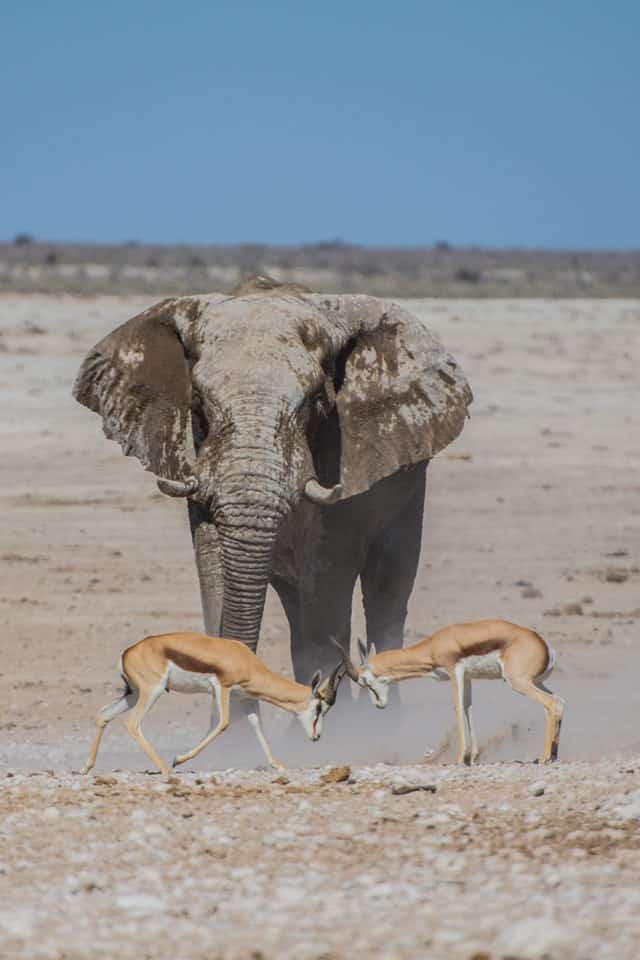
When an African elephant produces sound, it can be heard at a distance of six miles. It produces various sounds for different emotions, such as expressing anger and danger. African elephants are social and intelligent.
These elephants produce sound while exhaling. The air travels up to the vocal cords from the lungs. Elephants have long vocal cords up to 7.5 centimeters. This enables the vocal cords to yield frequency, resulting in a high-frequency sound.
African elephants are found in various countries but are highly populated in north and south Africa.
- Gray Wolf – 115 dB
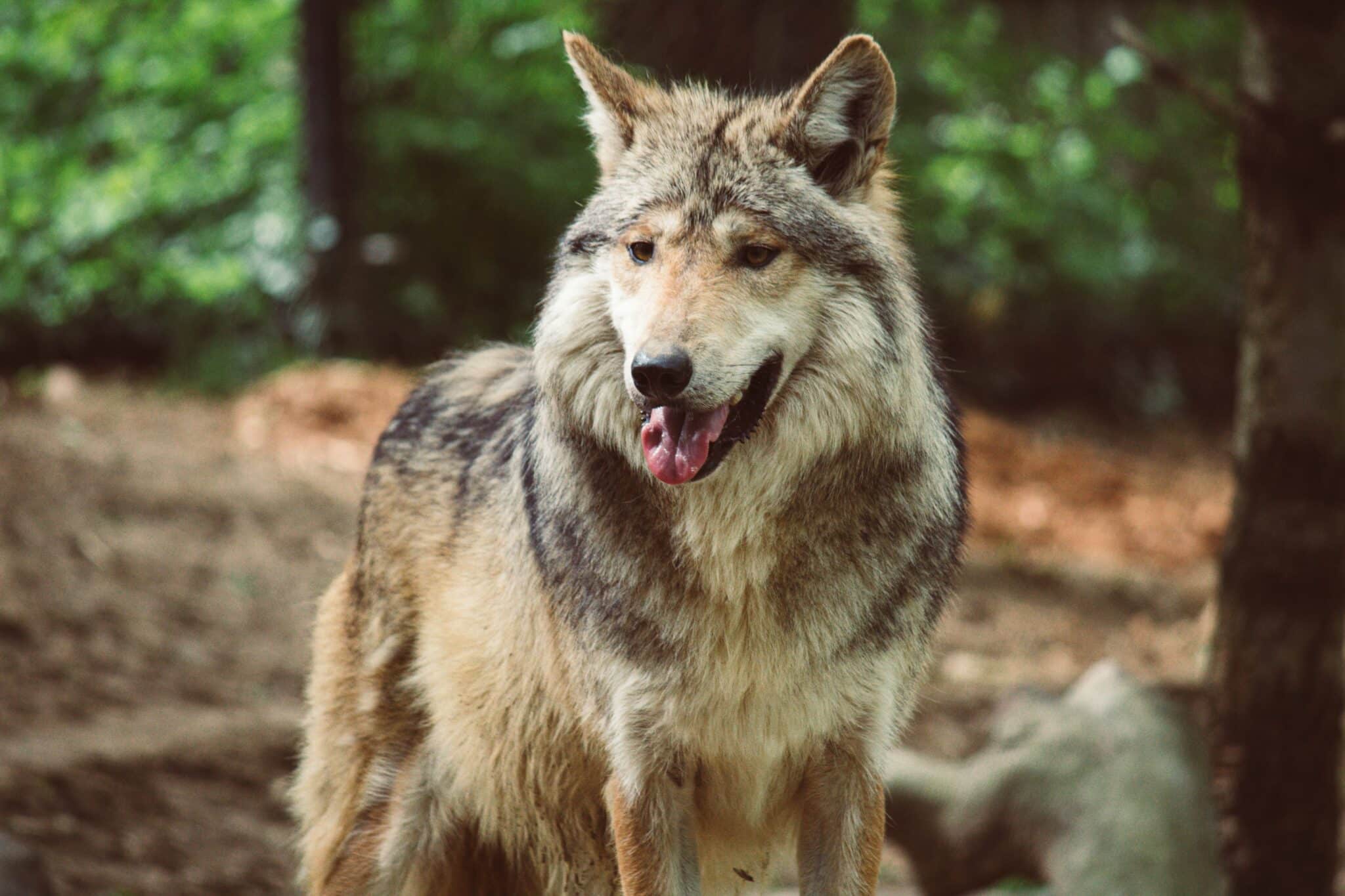
The gray wolf can produce a high-frequency howl of up to 115 decibels while hunting. Their howl can be received from miles away. They usually travel in a pack comprising six to fifteen members. They howl as a group to mark their territory in the presence of another wolf pack.
The sound produced by a wolf can be of four types; howling, whimpering, growling, and barking. They produce all these sounds for different reasons. They may also use these sounds in combination.
Whenever you hear a wolf howling at night, it does not mean it is howling at the moon. It can mean that they are just communicating with one another. They howl to alert their pack members in case of any threat.
Gray wolves are populated in the Yellowstone area of Wyoming, northern Michigan, western Montana, northern Wisconsin, Alaska, and northeast Oregon,
- Hippopotamus – 114dB
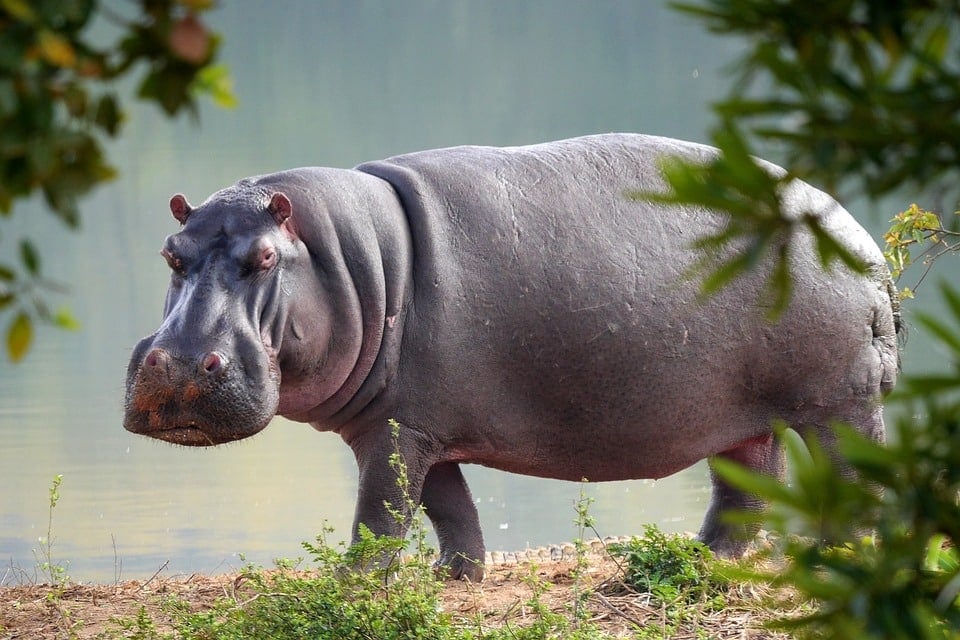
Hippopotamus are hazardous animals. They kill more humans compared to all the wild cats. Although it is a large animal, it can attain the speed of 20 miles per hour and produce a high-frequency grunt or groan for attacking and threatening purposes.
This animal makes a sound in water and on land of a frequency reaching up to 114 decibels. They use various sounds for various purposes. They use clicking sounds to navigate through the water, just like dolphins.
It detects its prey through echolocation, producing sound waves to predict hurdles and prey at a certain distance.
Various species of hippopotamus are found in East Africa to West Africa.
- Lion – 114dB
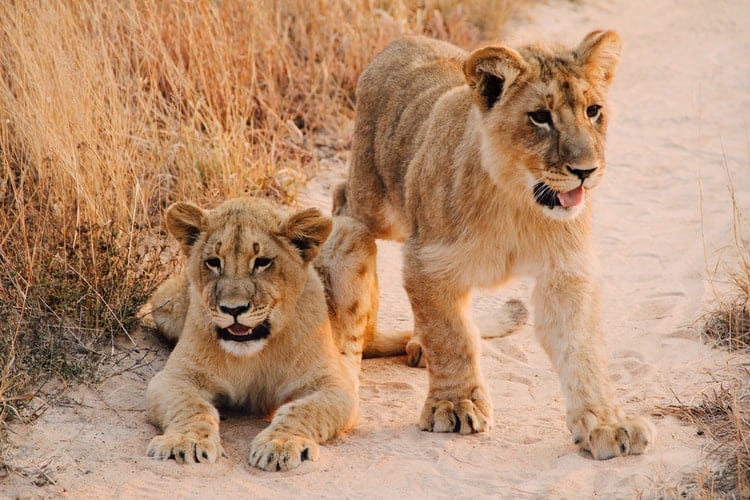
Lion, the jungle king, can produce a roar that can reach up to 114 decibels. This roar can be heard from a distance of five miles. They roar and grunt to mark their territory and scare off invaders. This is the loudest cat in the family of cats.
The lion can produce such a roar because its vocal cords are like parallel plates. With only a tiny amount of air, these plates vibrate to produce high-frequency sound.
Also, they require significantly less lung pressure to produce high-frequency roars. Lion also produces sounds of grunts and groans to express their emotions.
Lions are most commonly found in the region of Africa. They are also found in other parts of the world but are densely populated in areas of Africa.
- Hyena – 112dB
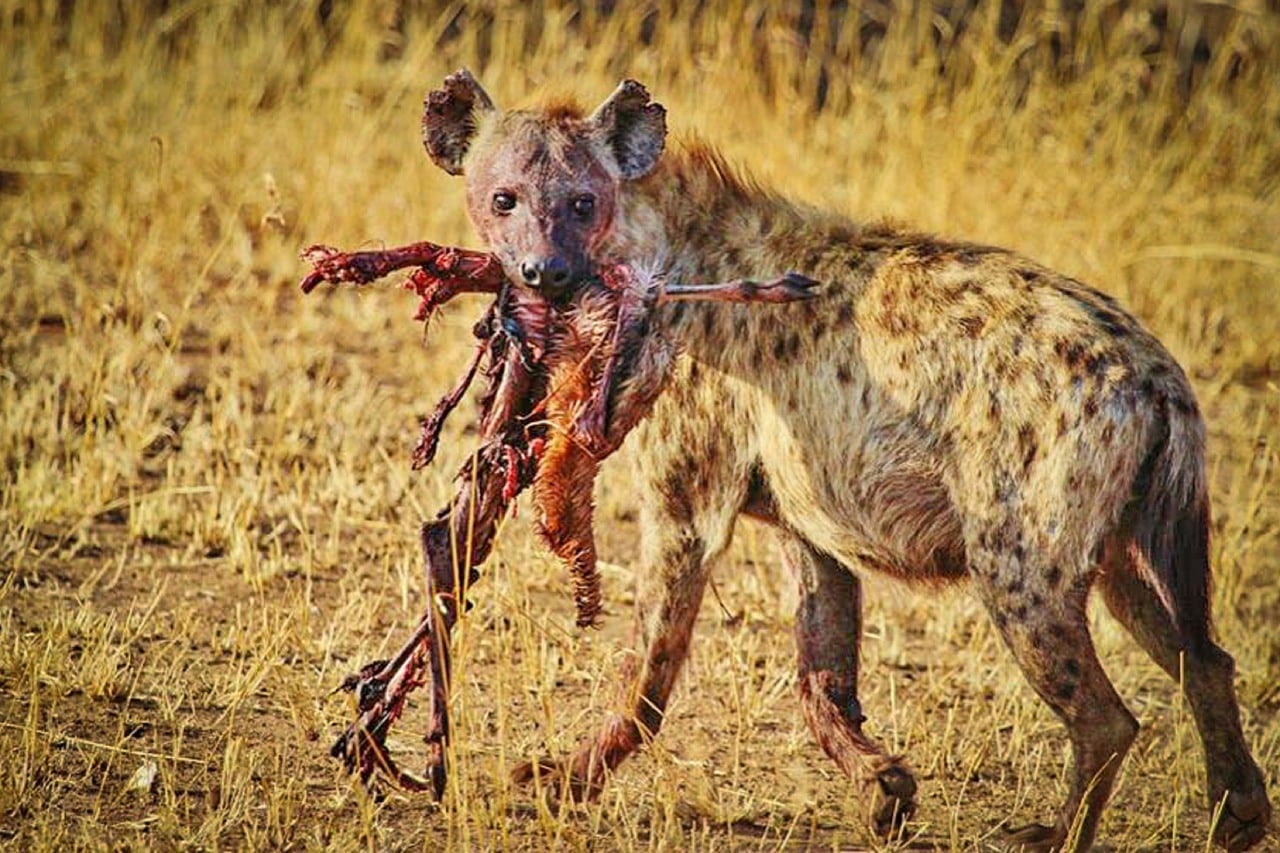
The sound of a hyena is famous as it’s similar to that of laughing. When attacked, hunting prey, or calling its offspring, it makes a high-pitched laugh. They have a potent bite force.
A pack of hyenas can even take down a lion. Hyenas look very similar to a dog but belong to a cat family.
This animal is a ruthless killer who produces sound as if it’s laughing. It is not laughing but produces a series of laughing sounds when it fears being attacked. The short giggles sound they produce, perceived as laughing, does not mean they are having a good time; it may mean they are scared.
Hyenas are primarily found in Africa, Arabia, and India. They can form packs of up to eighty members at a time. these packs are led mainly by females.
The Final Word on Loudest Animals In The World
This article states a list of the 15 loudest animals in the world. The list contained many animals, from heavily-bodied to low-weight insects. All the animals have a unique ability to create high pitch sounds.
The sounds produced are also different from one another. They produce sounds to express emotions such as anger, fear, attack, and call for mates.
They produce such high-frequency sounds to scare and distract their prey which buys them time to attack and dismantle him. These high-pitched sounds can even deafen their prey. Severe damage can be caused to the human ear if they hear these sounds at a closer range.
If you enjoyed reading this, take a quick look at this post for fascinating most endangerd animals before you leave. Thank you for reading Loudest Animals In The World.
Join our Forum for free today!

- These are The 5 Largest Great White Sharks Ever Recorded - July 19, 2024
- The Surprising Benefits of Big Game Hunting - July 18, 2024
- $100k+ Hunting Experiences The Most Expensive Animals to Pursue - July 17, 2024

